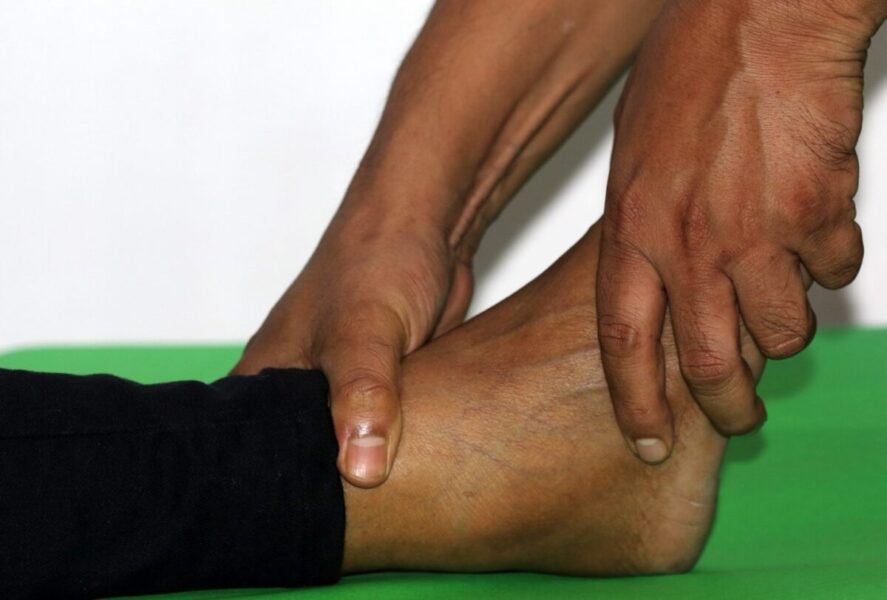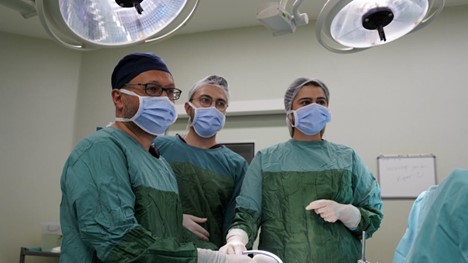Empowering Yourself: A Roadmap to Understanding Stroke Warning Signs
It is of utmost importance to promptly recognize these indicators, as strokes demand immediate medical attention. By familiarizing yourself with the signs and symptoms, you can be better prepared to respond swiftly and potentially save a life. Let’s delve deeper and enhance our understanding of this crucial health concern.
What is a Stroke?
A stroke occurs when the blood supply to a part of the brain is interrupted or reduced, leading to damage and impairment in the affected area. Strokes can have severe consequences and are considered a medical emergency. Understanding the signs and symptoms can help you identify when someone is experiencing a stroke and take appropriate action.
Common Signs and Symptoms:
- Sudden weakness or numbness: This usually affects one side of the body, such as the face, arm, or leg. Pay attention if the person is having difficulty lifting their arm or smiling.
- Trouble speaking or understanding: Individuals experiencing a stroke may have slurred speech, difficulty finding words, or trouble understanding others.
- Severe headache: A sudden and severe headache, often described as the worst headache of one’s life, can be a warning sign of a stroke.
- Vision problems: Blurred or blackened vision in one or both eyes, or experiencing double vision, may be indicative of a stroke.
- Dizziness and loss of balance: Sudden dizziness, difficulty walking, or a loss of coordination can be symptoms of a stroke.
- Facial drooping: One side of the face may droop or feel numb. Ask the person to smile and observe if one side of their face does not move as well as the other.
What to do if you suspect a stroke:
- Call emergency services immediately: Time is crucial when it comes to stroke, so do not hesitate to call for professional medical assistance.
- Note the time of symptom onset: This information will help healthcare professionals determine the appropriate course of treatment.
- Stay with the person: Offer reassurance and comfort while waiting for medical help to arrive. Ensure they remain calm and avoid any unnecessary movements.
Preventing Strokes:
While some risk factors for stroke, such as age and family history, are beyond our control, there are lifestyle choices that can help reduce the risk:
- Adopt a healthy diet: Eat a balanced diet rich in fruits, vegetables, whole grains, lean proteins, and healthy fats while limiting sodium, sugar, and unhealthy fats.
- Exercise regularly: Engaging in moderate-intensity aerobic exercise for at least 150 minutes per week can significantly reduce the risk of stroke.
- Control blood pressure: High blood pressure is a leading cause of stroke. Monitor and manage your blood pressure levels through regular check-ups and follow your healthcare provider’s recommendations.
- Quit smoking: Smoking increases the risk of stroke. Seek support and resources to quit smoking if you are a smoker.
- Limit alcohol consumption: Excessive alcohol intake can contribute to hypertension and increase the risk of stroke. Drink in moderation or avoid alcohol altogether.
Click here to see the full scientific article from Gundersen Health System.
By following a healthy lifestyle and managing risk factors, you can reduce your chances of experiencing a stroke. Stay informed, spread awareness, and take proactive steps towards a healthier life. Improve your daily routine by incorporating Coenzyme Q10 (CoQ10), a powerful compound known to potentially contribute to reducing blood pressure levels. Elevate your wellness journey with the Super Ubiquinol CoQ10 supplement from the Asher Longevity Institute, carefully formulated to provide you with the optimal benefits of CoQ10.




